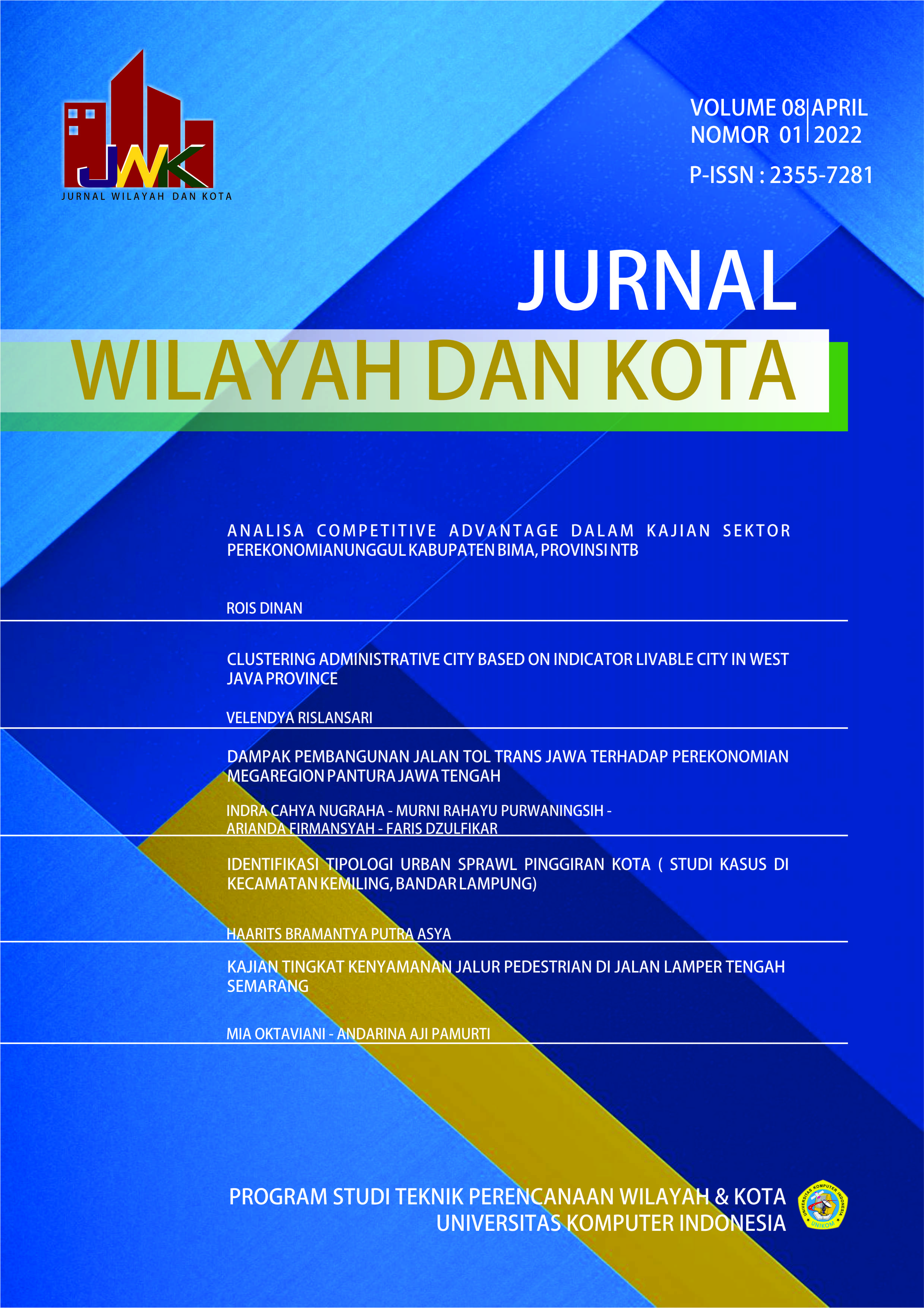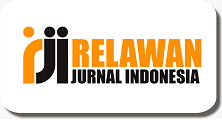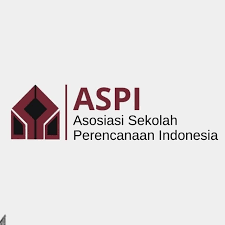MODEL KERJASAMA ANTAR DAERAH DALAM PEMANFAATAN JASA LINGKUNGAN AIR DI KAWASAN GUNUNG CIREMAI
DOI:
https://doi.org/10.34010/jwk.v9i01.7013Abstract
The Mount Ciremai area plays a strategic role for districts/cities in Metropolitan Cirebon Raya (MCR). This area is a catchment area that functions as a hydrological cycle controller, and has several springs in the Mount Ciremai area that have been used by the community for agricultural irrigation, household clean water, fisheries, and industrial activities at MCR. So far, the management of water resources has encountered several problems, one of which is the lack of clarity in the division of roles and policies and rules for managing water resources in the area. Many parties have an interest in its management and utilization. For this reason, inter-regional cooperation in the MCR area in terms of utilization of water environmental services is needed and important to study. This study aims to identify a model of inter-regional cooperation that can be applied in the Greater Cirebon Metropolitan Area in the utilization of water environmental services in the Mount Ciremai area based on transaction cost theory. This study uses a descriptive quantitative-qualitative approach by providing judgments based on criteria. The data was obtained based on the results of a desk study from the literature and secondary data, as well as interviews with relevant stakeholders. The results of the analysis show that the three identified cooperation models and the coordination forum cooperation model are the optimal models assessed based on the factors that cause transaction costs.













